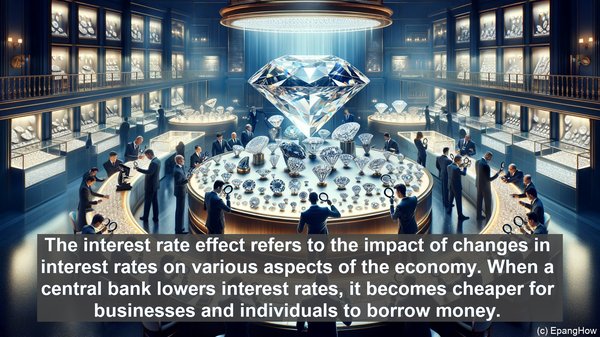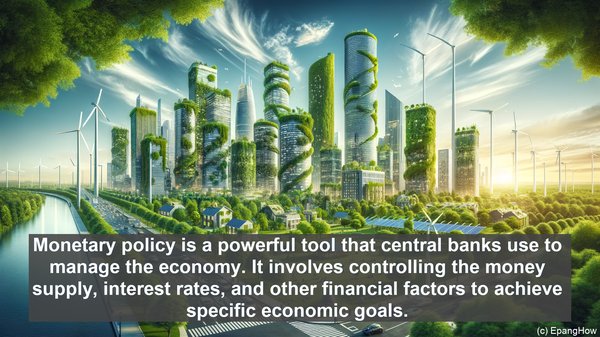Introduction: The Intricacies of Monetary Policy
Hello everyone! Welcome to our article on the interest rate effect and the wealth effect in monetary policy. Monetary policy is a powerful tool that central banks use to manage the economy. It involves controlling the money supply, interest rates, and other financial factors to achieve specific economic goals.
The Interest Rate Effect: A Stimulus for Economic Activity
The interest rate effect refers to the impact of changes in interest rates on various aspects of the economy. When a central bank lowers interest rates, it becomes cheaper for businesses and individuals to borrow money. This, in turn, stimulates investment and consumption, as the cost of financing these activities decreases. Lower interest rates can also lead to an increase in the demand for housing, as mortgages become more affordable. Overall, the interest rate effect is a mechanism through which monetary policy can boost economic activity.
The Wealth Effect: The Influence of Asset Values
Unlike the interest rate effect, which focuses on the cost of borrowing, the wealth effect centers around changes in the value of assets. When the value of assets, such as stocks or real estate, increases, individuals tend to feel wealthier. This perceived increase in wealth can lead to a rise in consumer spending, even without a change in income. The wealth effect is based on the assumption that people are more likely to spend a portion of their increased wealth, leading to a multiplier effect on the economy. On the other hand, a decrease in asset values can have the opposite effect, as individuals may become more cautious and reduce their spending.

Interplay Between the Two Effects
While the interest rate effect and the wealth effect are distinct concepts, they are not mutually exclusive. In fact, they often interact and reinforce each other. For example, when a central bank lowers interest rates, it can not only stimulate borrowing and investment but also lead to an increase in asset values. This, in turn, strengthens the wealth effect, as individuals feel wealthier due to the appreciation of their assets. On the other hand, if interest rates rise, borrowing becomes more expensive, potentially dampening both investment and the wealth effect. Understanding the interplay between these two effects is crucial for central banks when formulating and adjusting monetary policy.

